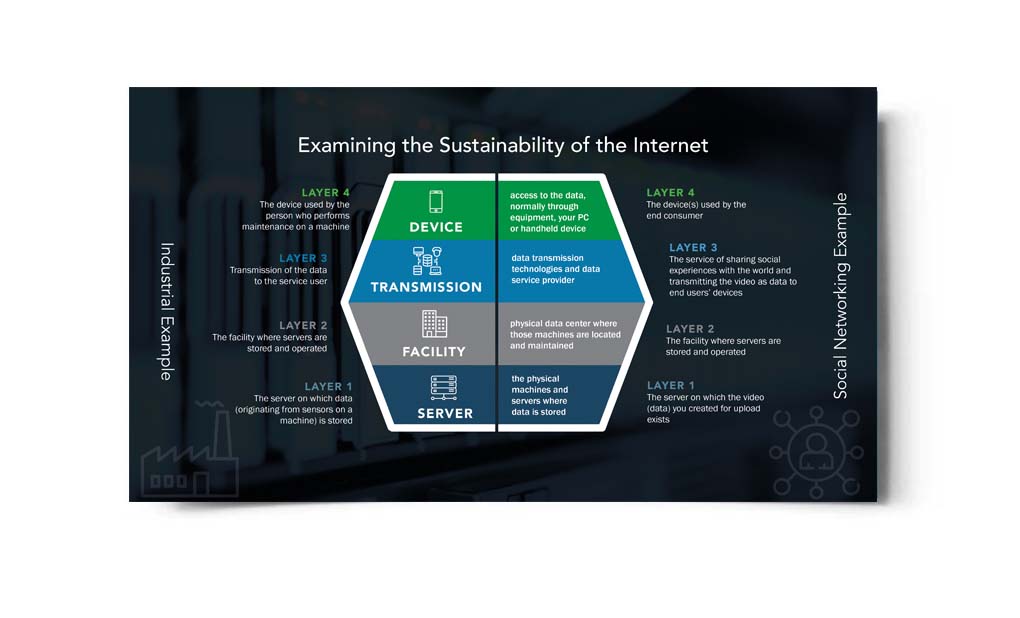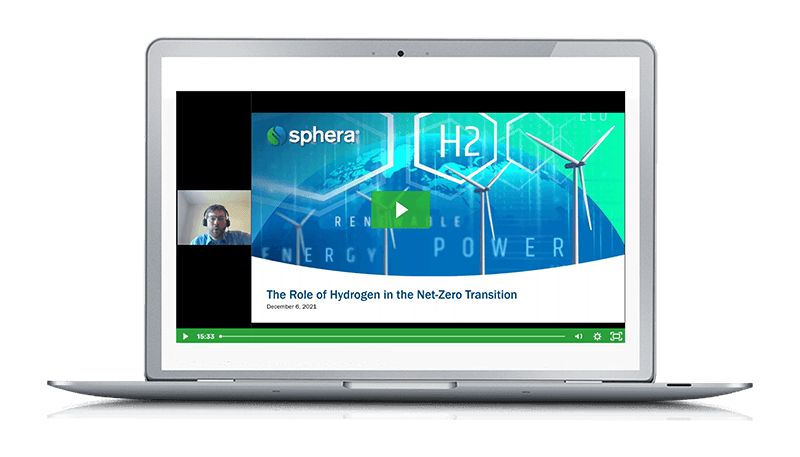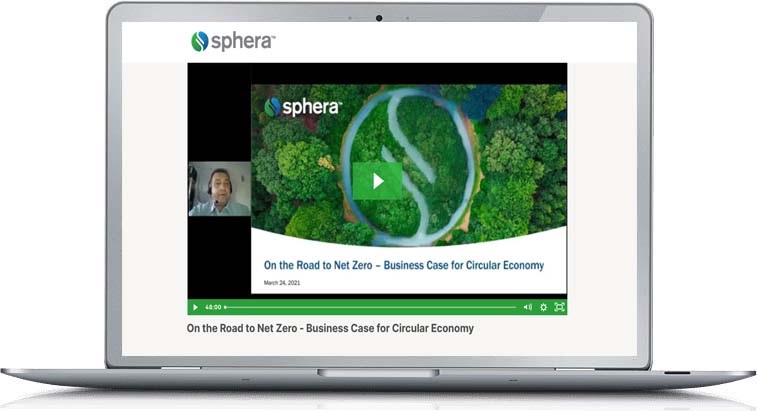Here are the five steps to successful Corporate Carbon Footprint and Carbon Disclosure Project (CDP) reporting.
1. Define System Boundaries and Develop Greenhouse Gas Inventory
First, define the system boundaries of the greenhouse gas (GHG) inventory. Which locations of your company should be included in the Inventory? The more holistic and detailed you map your business, the higher the potential of GHG emissions and therefore cost reduction.
GHG emissions can result from a variety of activities – depending on the industry, product range, degree of innovation, etc. Which activities are really relevant and contribute significantly to your CO2 inventory? To which degree are you able to control and influence these activities? The concept of »scopes« as well as a materiality assessment provides further insights. Once prioritized, underlying sources and types of activity data form the basis of the next step: Quantifying your consumption.
2. Determine Consumption Values
Robust consumption data are fundamental for a reliable calculation of your company’s carbon footprint. Quantify the energy and material consumption as well as any other activity of your operation which is identified being material. Depending on the boundary settings determine activities outside your organization as well, e.g., third-party transports, waste handling, or other relevant activities within your supply chain. Completeness and quality are crucial here. Identify missing, incomplete or inadequate data. For plausibility check of the collected data industry benchmarks may be useful.
3. Calculate Your Carbon Footprint
Based on a sound data foundation and using standard-compliant emission factors you are able to calculate your company-wide greenhouse gas emissions – by scope, by source, by operation or by process. Depending on how granular you have set your system boundaries.
4. Develop a Climate Strategy, Reduction Targets and Indicators
It is not only the hard facts and figures on GHG emissions that count in a competitive business. Sustainable and climate-friendly action shall be reflected in your corporate strategy as well. It is also crucial to embed climate change issues into your corporate strategy in order to stay competitive and to identify both risks and opportunities of climate change to your business.
GHG reduction targets help you to keep track of your way to improve your climate performance. Where are the climate hot spots in my company and what are the low hanging fruits regarding emissions reduction? How do I define a realistic but challenging reduction target, and how can I keep on track? What is the benefit of setting a “science based target”?
KPIs aligned to your material climate impacts and related to your processes, products and services help you to unveil fields of actions and potential improvement areas. Based on that, you are able to track performance improvements and take GHG reduction measures, which are often associated with cost reductions.

5. Report Your Carbon Footprint
Almost done! Finally, you need to compile your climate strategy, targets, risk analysis and the GHG emissions figures as well as methodological background information and disclose e.g. to the CDP, or extract information for your annual report.










